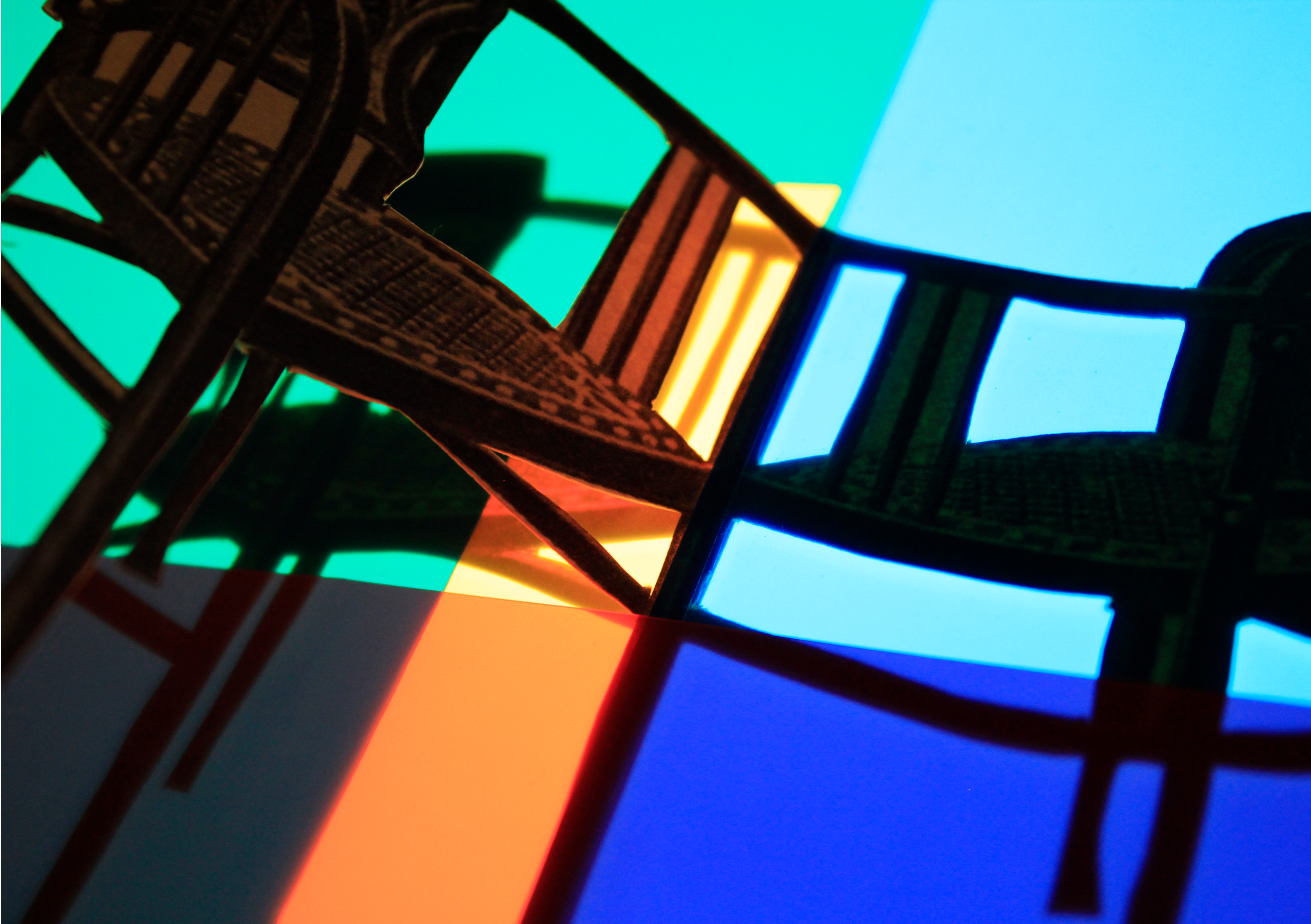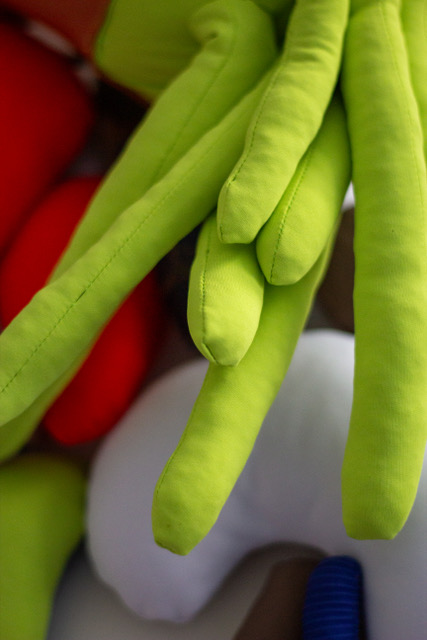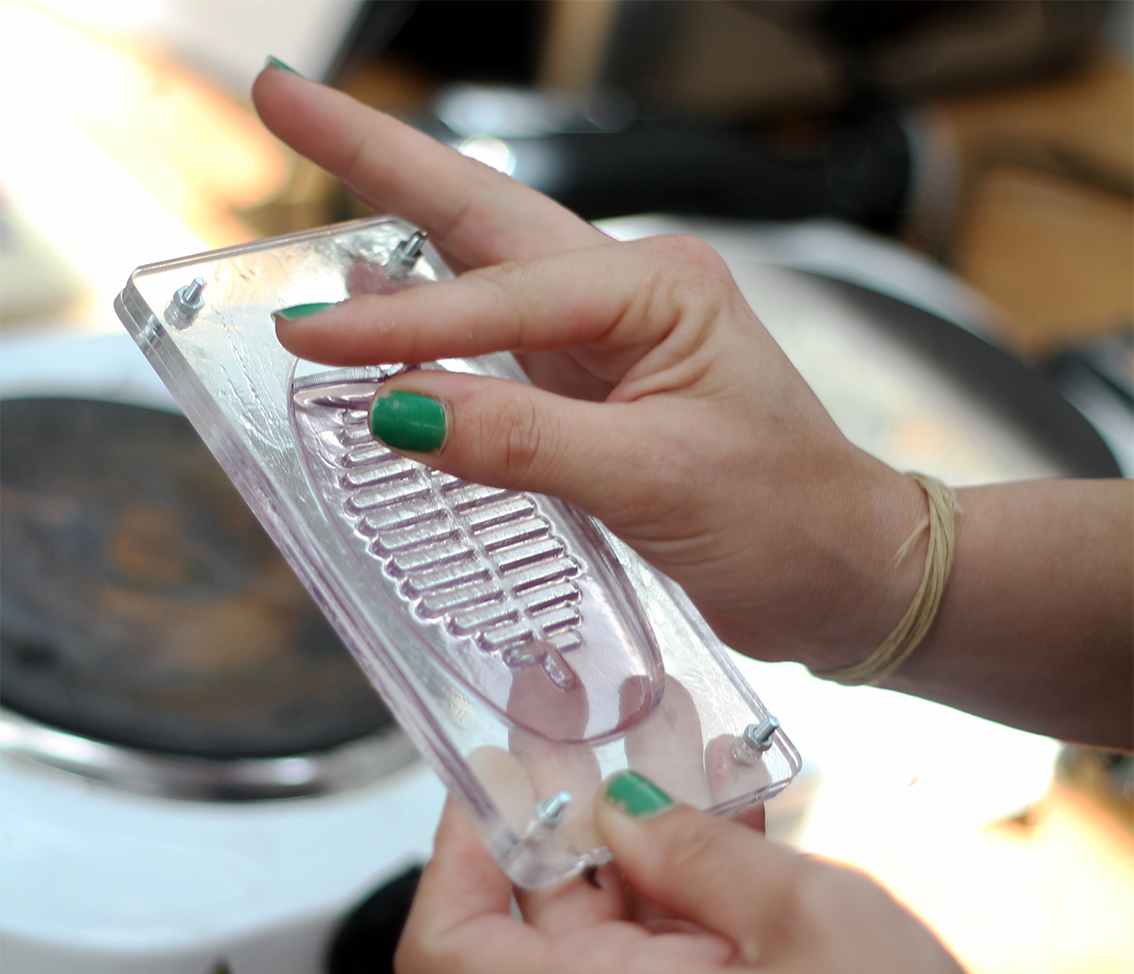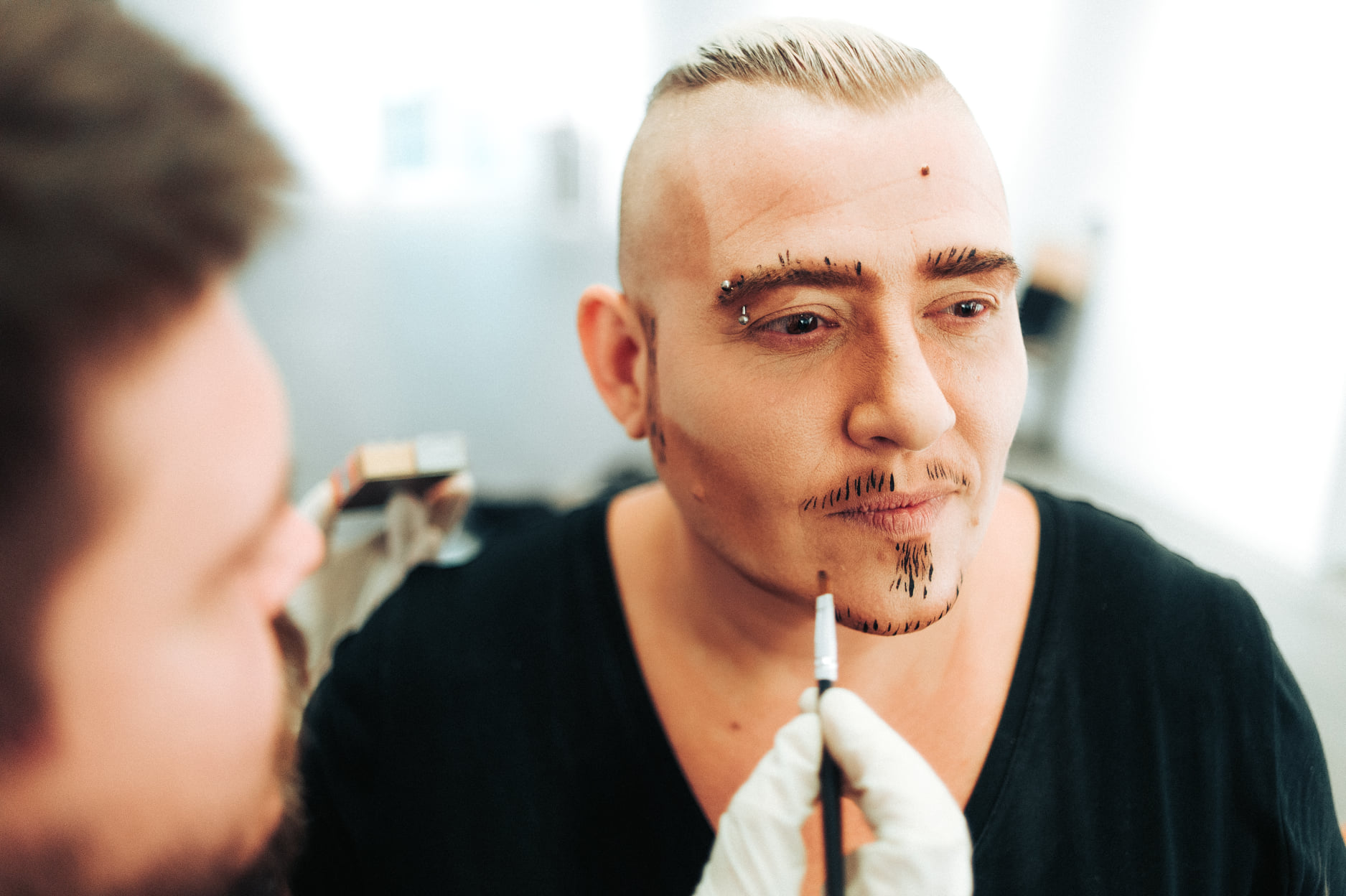Category: exhibition
-
Mz* Baltazar’s Lab presents: Grounding and Haunting
A group exhibition by students of the course “Technologies/Practices|Digital Communication and Media Worlds” Artists: electro_lyzer, Carmen García Lacalle, Franci Kas, Johanna Sophie Lutz, Lutzz&Bog, Jul Marian Schadauer Vernissage: 20.6.2025: 7pm – 22pm Workshop „Interweaving“: 26.06.2025: 4pm – 7pm Presentation (KKP) & Finissage: 27.06.2025: from 3pm opening hours:21.6.2025, 23.– 26.6.2025 each 2pm-7pm As part of the…












